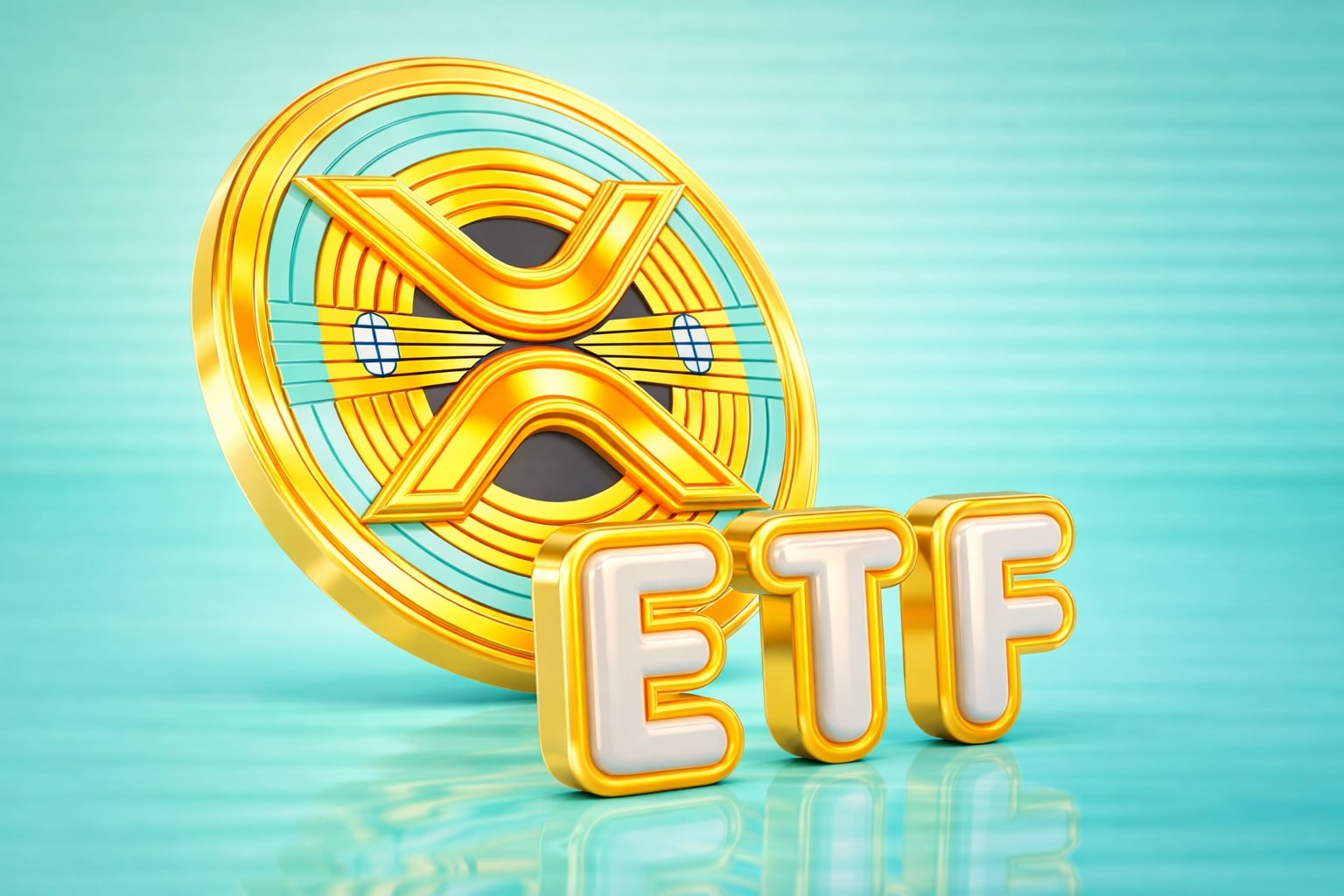MiCA: EU's Landmark Regulation Ushers Secure and Transparent Crypto Trading
Unveiling a Stable, Transparent Future for Crypto: How MiCA Regulation is Transforming the Digital Asset Landscape in the EU
The burgeoning crypto asset sector is set to take a paradigm shift as the European Union (EU), in a landmark move, unanimously approved a comprehensive set of rules to regulate the industry. The rules were given the final nod by the EU finance ministers during a meeting held in Brussels, following the European Parliament's approval back in April. The recent collapse of the crypto exchange FTX underscored the urgency for imposing these regulations, which are designed to bolster protection for European investors and deter misuse within the crypto industry for illicit activities such as money laundering and terrorism financing.
At the helm of this significant development was Elisabeth Svantesson, the finance minister for Sweden, which currently holds the EU presidency. She articulated the pressing need for these rules to safeguard the interests of Europeans who have ventured into crypto investments and to prevent the crypto industry's exploitation for nefarious purposes.
The new regulatory framework, known as the Markets in Crypto Assets regulation (MiCA), mandates companies dealing with the issuance, trading, and safeguarding of crypto assets, tokenized assets, and stablecoins across the 27-country bloc to obtain a license. This requirement extends to crypto firms like wallet providers and exchanges. Additionally, issuers of stablecoins are required to hold appropriate reserves.
The move to regulate crypto-assets has placed the EU at the forefront of global jurisdictions, effectively making it the first to implement a crypto licensing regime. This regulatory certainty is something that crypto firms have been seeking, thereby putting pressure on other countries to follow suit and global regulators to establish norms for cross-border activity.
The MiCA regulation was anticipated largely due to the green light given to both MiCA and tax measures by ambassadors the previous week. The main provisions of the MiCA regulation are set to take effect just over a year after it is published in the bloc's official journal, which is likely to occur in June or July.
Following the approval of MiCA, the finance ministers also agreed on new measures compelling crypto providers to disclose their customers' holdings to tax authorities. The information will be shared within the bloc to prevent the concealment of funds in secret overseas wallets.
In the broader global context, countries such as Britain and the United States have yet to catch up. Britain has proposed a phased approach, starting with stablecoins and gradually extending to unbacked crypto assets, yet without a fixed timetable. On the other hand, the United States is currently focusing on utilizing existing securities rules for enforcement actions in the sector while deliberating on whether to introduce new bespoke rules and who would enforce them. Hester Peirce, a commissioner at the U.S. derivatives regulator CFTC, acknowledged last week the efforts by various federal and state authorities to determine their potential oversight role in the crypto sector.
The journey towards implementing the MiCA regulation has not been without its challenges since the European Commission first proposed it in September 2020. It had to traverse numerous hurdles and postponements in the legislative process. Despite these roadblocks, the legislation has been widely welcomed by cryptocurrency service providers and proponents due to the creation of a single market environment across Europe concerning regulatory requirements and operating procedures.
MiCA's key provisions include registration and authorization requirements for issuers of cryptocurrencies, exchanges, and wallet providers. It also imposes specific security and risk mitigation requirements on stablecoin issuers, and mandates that cryptocurrency custody services implement sufficient security and safety measures to tackle potential cybersecurity and operational failures.
Valdis Dombrovskis, executive vice-president for an Economy that Works for People, highlighted the potential of crypto-assets and e-money to spur economic activity and innovation. However, he also warned of the risks they pose in terms of reducing transparency and enabling tax evasion or fraud. The new tax rules, known as DAC8, were proposed by the European Commission based on a model from the OECD. While the European Parliament has yet to
offer its non-binding opinion on the matter, this latest draft of the bill, released just last Friday, reflects the EU's intent to update its tax rules to keep pace with technological advancements. Once passed, these rules are set to enhance the efficiency of tax collection and address issues related to tax evasion and fraud, thus bolstering the EU's digital transition efforts.
The MiCA regulations also include a framework designed to prevent market abuse, insider trading, and manipulative behavior within the cryptocurrency space. This holistic approach to regulation represents a crucial step in legitimizing the crypto industry and establishing a stable and secure environment for both investors and operators.
The adoption of the MiCA regulation comes as a significant move towards establishing a standardized crypto-assets regulatory environment in the EU. The regulation's focus on transparency, security, and investor protection not only showcases the EU's recognition of the potential of digital assets, but also its commitment to ensuring that this potential is harnessed responsibly. This move has positioned the EU as a pioneer in crypto-assets regulation, setting a precedent for other nations.
The crypto industry has been, for the most part, a sort of Wild West, with minimal regulatory oversight and significant potential for both high returns and high risks. However, the enactment of these regulations in the EU is a clear signal that the times are changing. It will be interesting to see how other nations react and whether they follow the EU's lead in creating regulatory frameworks for this rapidly evolving sector.
In conclusion, the EU's move to adopt comprehensive regulations for crypto assets marks a significant milestone in the ongoing journey to balance the immense potential of the crypto market with the need for investor protection, market transparency, and financial stability. As the global financial landscape continues to shift, adopting appropriate regulations will be key to ensuring that the crypto market can continue to grow and evolve in a secure and sustainable manner. With the EU leading the way, it remains to be seen how other major economies will respond to this call for regulatory action.
Read More
-
SCHD ETF: $28.41 Price, 3.67% Yield And The Real Story After Broadcom’s Exit
12.01.2026 · TradingNEWS ArchiveStocks
-
XRP ETFs XRPI At $11.95 And XRPR At $16.98 While $750M Flees Bitcoin And Ether Funds
12.01.2026 · TradingNEWS ArchiveCrypto
-
Natural Gas Price Forecast: NG=F Snaps Back from $3.17 Lows as UNG and BOIL Surge
12.01.2026 · TradingNEWS ArchiveCommodities
-
USD/JPY Price Forecast - USDJPY=X Stalls Just Under 158 While Markets Game a Break or Reversal Near 160
12.01.2026 · TradingNEWS ArchiveForex

















